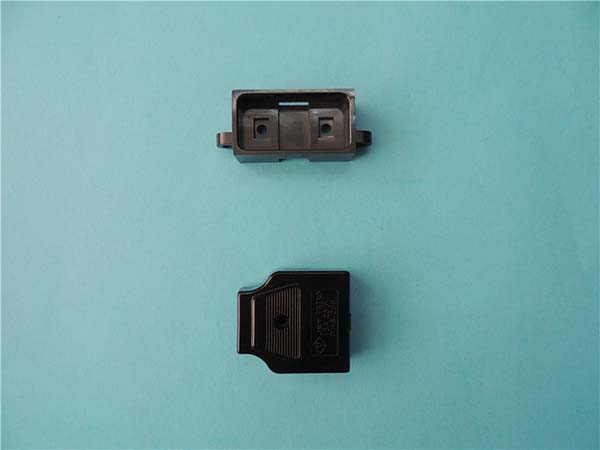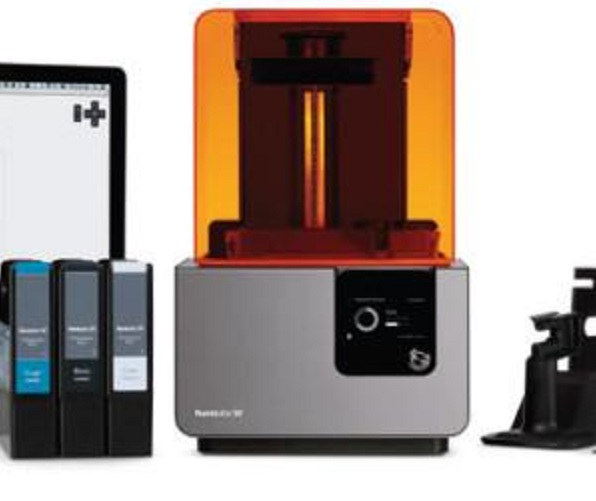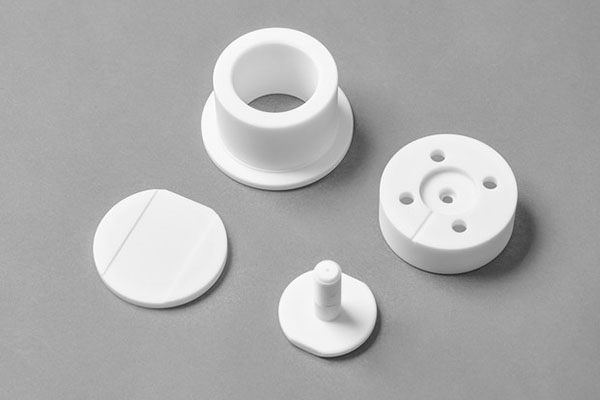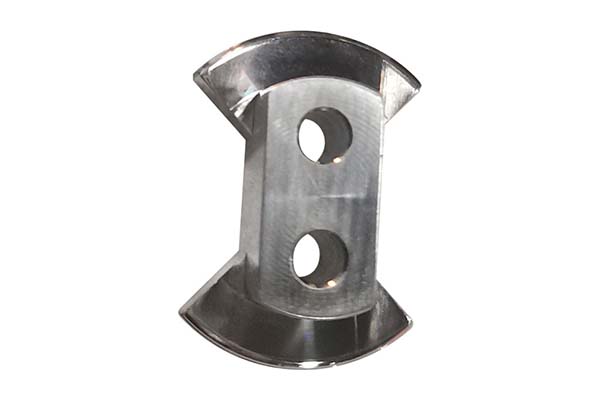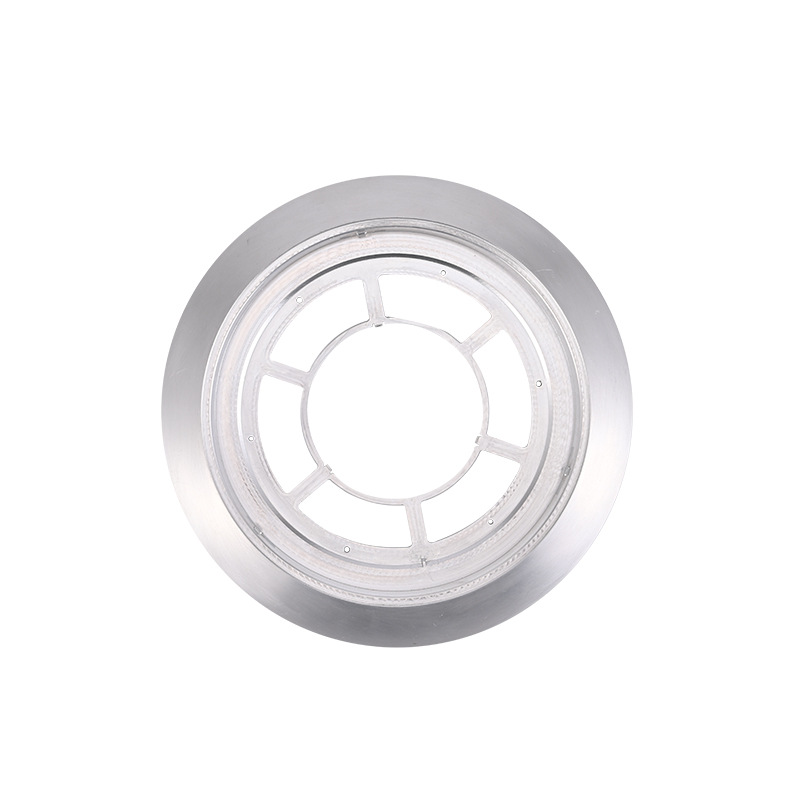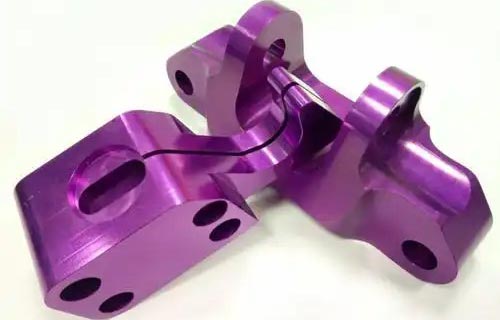The Role of AI in 3D Printing
Design Optimization
AI plays a pivotal role in optimizing 3D printing designs. Traditional design processes can be time - consuming and often result in sub - optimal structures. AI algorithms can analyze design requirements and constraints, then generate optimized 3D models automatically. For example, in aerospace applications, where lightweight and high - strength components are crucial, AI - driven design optimization can create lattice structures that are both extremely lightweight and highly resistant to stress.
A study by a leading aerospace company found that by using AI for design optimization in 3D - printed aircraft components, they were able to reduce the weight of the components by up to 30% while maintaining or even improving their mechanical performance. This not only leads to more fuel - efficient aircraft but also reduces manufacturing costs in the long run. AI can also handle complex geometries that are difficult for human designers to create manually, expanding the possibilities of 3D - printed product design.
Process Monitoring and Control
During the 3D printing process, ensuring quality and minimizing defects is a major challenge. This is where AI - powered process monitoring and control systems come in. These systems use a variety of sensors, such as cameras, temperature sensors, and vibration sensors, to collect real - time data during printing. AI algorithms then analyze this data to detect any anomalies or potential defects.
For instance, if the temperature in a specific area of the 3D printer deviates from the optimal range, the AI system can automatically adjust the heating parameters to correct the issue. By doing so, it can prevent problems like warping or incomplete fusion of layers. Research has shown that the use of AI - based process monitoring can reduce the defect rate in 3D printing by up to 50%, significantly improving the overall quality and reliability of 3D - printed products. This is especially important in industries such as healthcare and automotive, where product integrity is of utmost importance.
Material Innovation
AI is also driving innovation in 3D printing materials. One of the limitations of 3D printing has been the relatively limited range of available materials. AI can help in two main ways: predicting material properties and developing new materials.
AI - based machine learning models can analyze the chemical composition and physical characteristics of materials to predict how they will behave during 3D printing. This allows researchers to quickly screen and select the most suitable materials for a particular application. Additionally, AI can assist in the development of entirely new materials. For example, some research teams are using AI to design novel polymers with unique properties, such as self - healing capabilities or enhanced conductivity, specifically for 3D printing. This opens up new possibilities for creating 3D - printed products with functions that were previously unattainable.
Applications of AI - 3D Printing Integration
The integration of AI and 3D printing has opened up new possibilities across various industries. Here are some notable applications:
Manufacturing
In the manufacturing industry, the combination of AI and 3D printing is revolutionizing production processes. For example, General Electric (GE) has been using AI - enhanced 3D printing to produce complex engine components. By using AI for design optimization, they can create parts with intricate internal structures that are not only lighter but also more fuel - efficient. This results in a significant reduction in the weight of aircraft engines, which in turn improves fuel efficiency by up to 15% according to GE's research. In addition, the use of AI for process monitoring in 3D printing ensures high - quality production, reducing the need for costly post - production inspections and rework.
Healthcare
In healthcare, AI - 3D printing integration is making personalized medicine a reality. Surgeons can now use 3D printing to create patient - specific anatomical models. These models are based on medical imaging data such as CT scans, and AI algorithms help in processing and optimizing the data for 3D printing. For instance, in craniofacial surgeries, doctors can print customized implants that perfectly match the patient's skull shape, improving the success rate of the surgery by providing a more accurate fit. A study in a leading medical journal found that surgeries using 3D - printed patient - specific implants had a 20% lower complication rate compared to traditional surgeries.
Architecture
In architecture, 3D printing, guided by AI, is changing the way buildings are designed and constructed. AI can analyze environmental factors, building codes, and user requirements to generate optimized building designs. Then, 3D printers can bring these designs to life. Some companies are already using large - scale 3D printers to print building components, reducing construction time and waste. For example, a 3D - printed house project in Europe was completed in just a few days, while a traditional build of the same - sized house would have taken months. The use of AI - 3D printing in architecture also allows for more creative and complex designs that were previously difficult or impossible to achieve with traditional construction methods.
Yigu Technology's Perspective
As a non - standard plastic metal products custom Supplier, Yigu Technology believes that the combination of AI and 3D printing holds great promise. The integration enables more complex designs to be realized, which is crucial for creating unique non - standard products. With AI - driven design optimization, we can achieve higher production efficiency, reducing the time spent on trial - and - error in the design phase.
Moreover, AI - powered process monitoring in 3D printing ensures better quality control, minimizing product defects. This not only improves the quality of our products but also reduces production costs. Yigu Technology will actively explore the applications of AI and 3D printing integration, aiming to enhance our competitiveness in the market and provide more high - quality customized products to meet the diverse needs of our customers.
FAQ
1. Can AI - enabled 3D printers print faster?
AI - enabled 3D printers can potentially print faster. AI algorithms can optimize the printing path, reducing unnecessary movements of the print head. They can also adjust printing parameters in real - time, such as speed and temperature, based on the current printing status. For example, if the AI system detects that a certain area is more complex and requires slower printing to ensure quality, it can slow down the speed for that part while maintaining a higher speed for simpler areas. However, the actual speed increase is also limited by the hardware capabilities of the 3D printer, such as the maximum speed of the print head movement and the extrusion rate of the printing material.
2. What are the main industries that benefit from AI - 3D printing?
Several industries benefit significantly from AI - 3D printing. In the manufacturing industry, as mentioned before, it can produce complex and optimized components, reducing production time and cost. For example, automotive manufacturers can use it to create custom - designed engine parts with improved performance. In the medical field, it enables the creation of patient - specific implants and prosthetics, improving the accuracy and success rate of surgeries. The aerospace industry benefits from lightweight and high - strength components designed and printed with the help of AI, enhancing fuel efficiency and aircraft performance. Architecture also gains from the ability to create complex building designs and components quickly, reducing construction time.
3. Is the cost of AI - 3D printing technology high?
The initial investment cost of AI - 3D printing technology can be high. High - end 3D printers equipped with AI - related software and sensors, as well as the cost of training the AI models, can be expensive. However, in the long run, it can actually reduce production costs. For instance, the ability to optimize designs means less material waste, which cuts down on material costs. The reduction in the defect rate due to AI - based process monitoring also reduces the cost of rework. Additionally, the customization capabilities of AI - 3D printing can eliminate the need for expensive molds in some manufacturing processes, further reducing costs.
